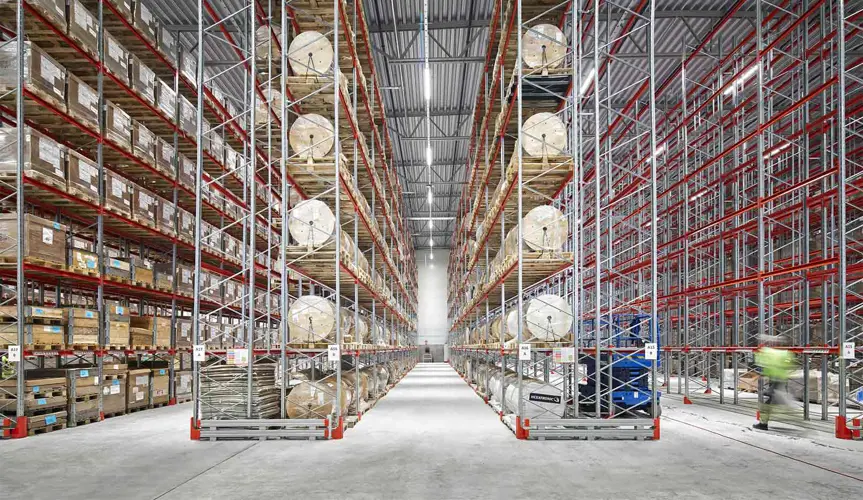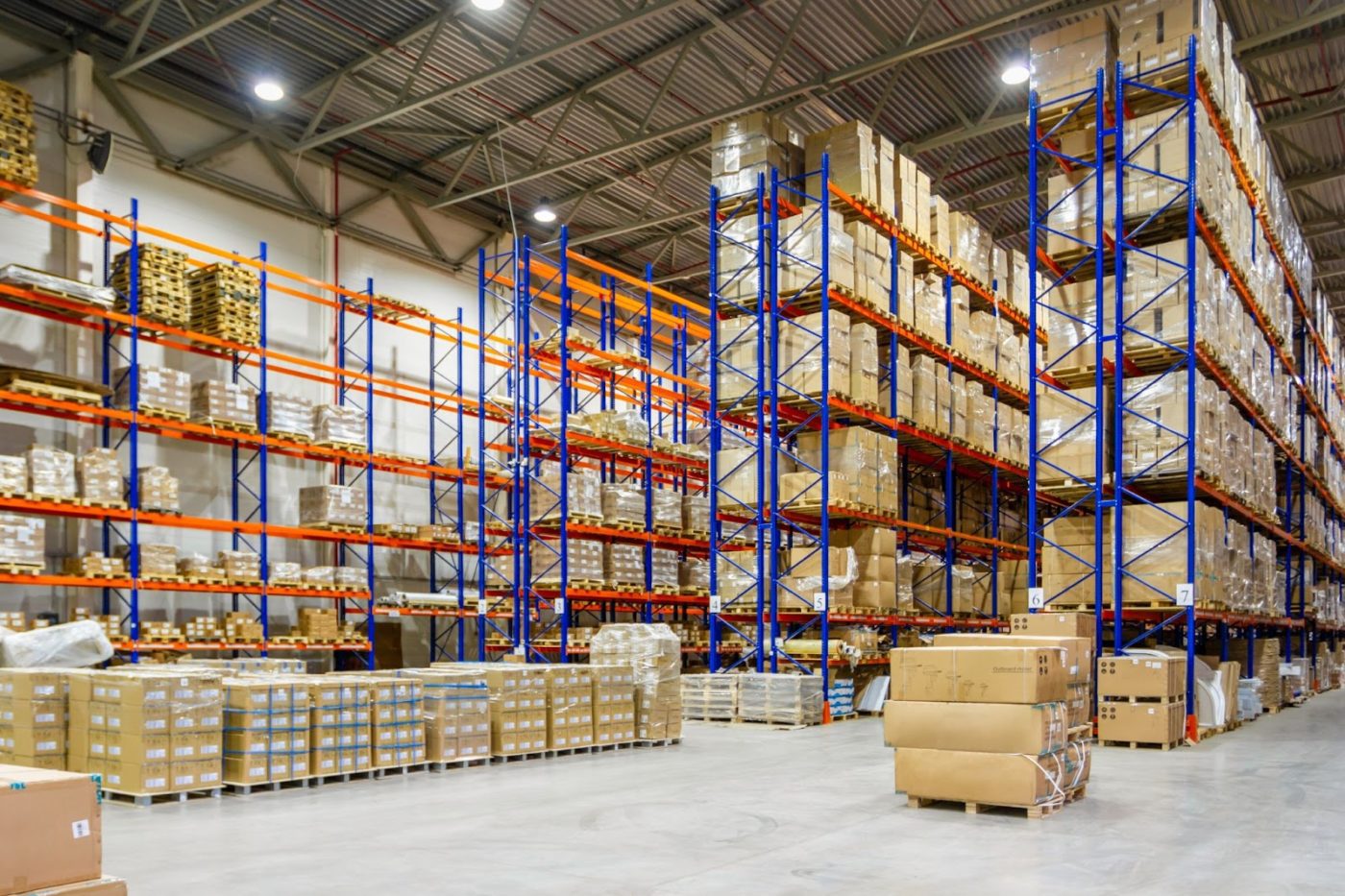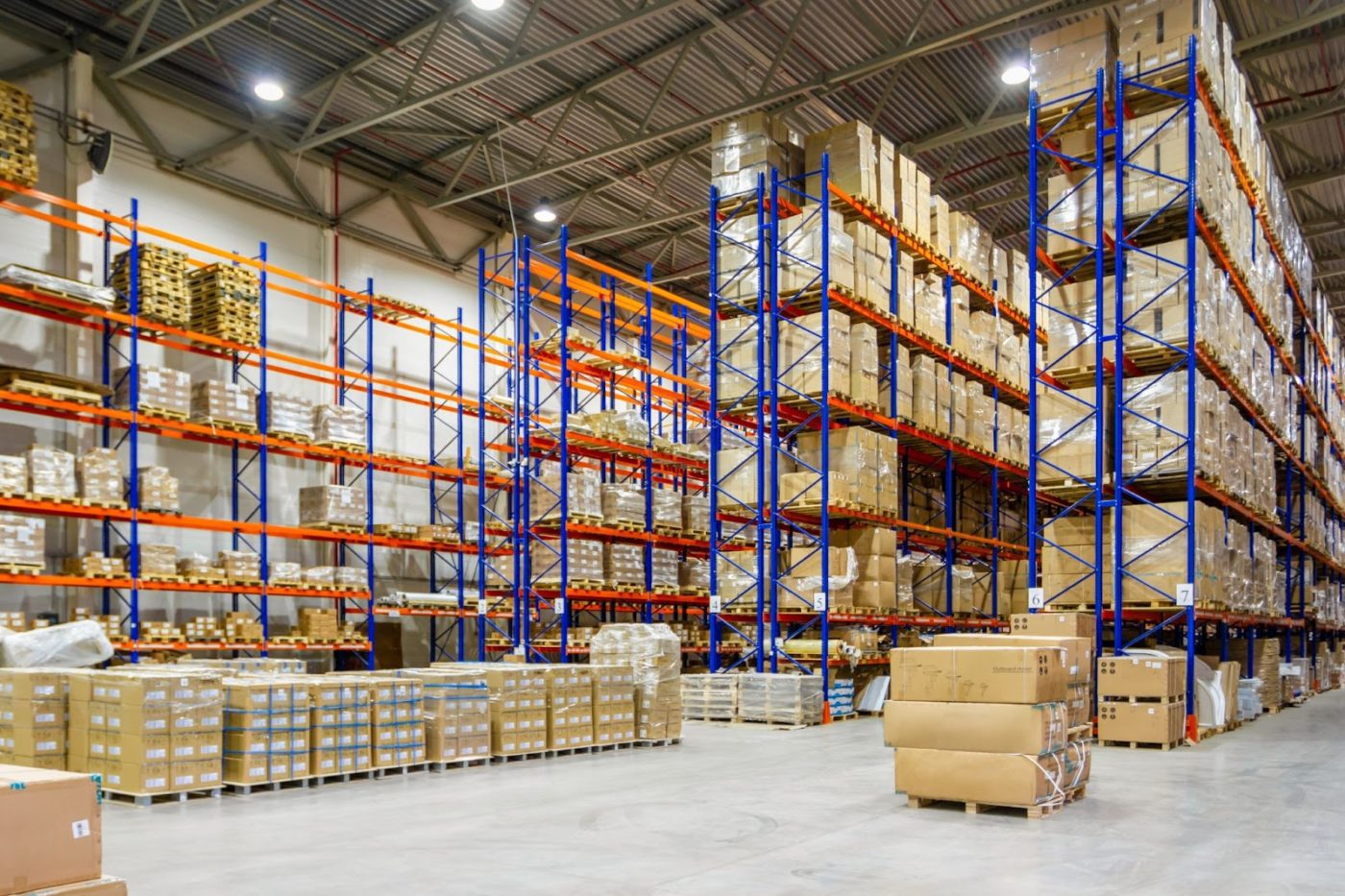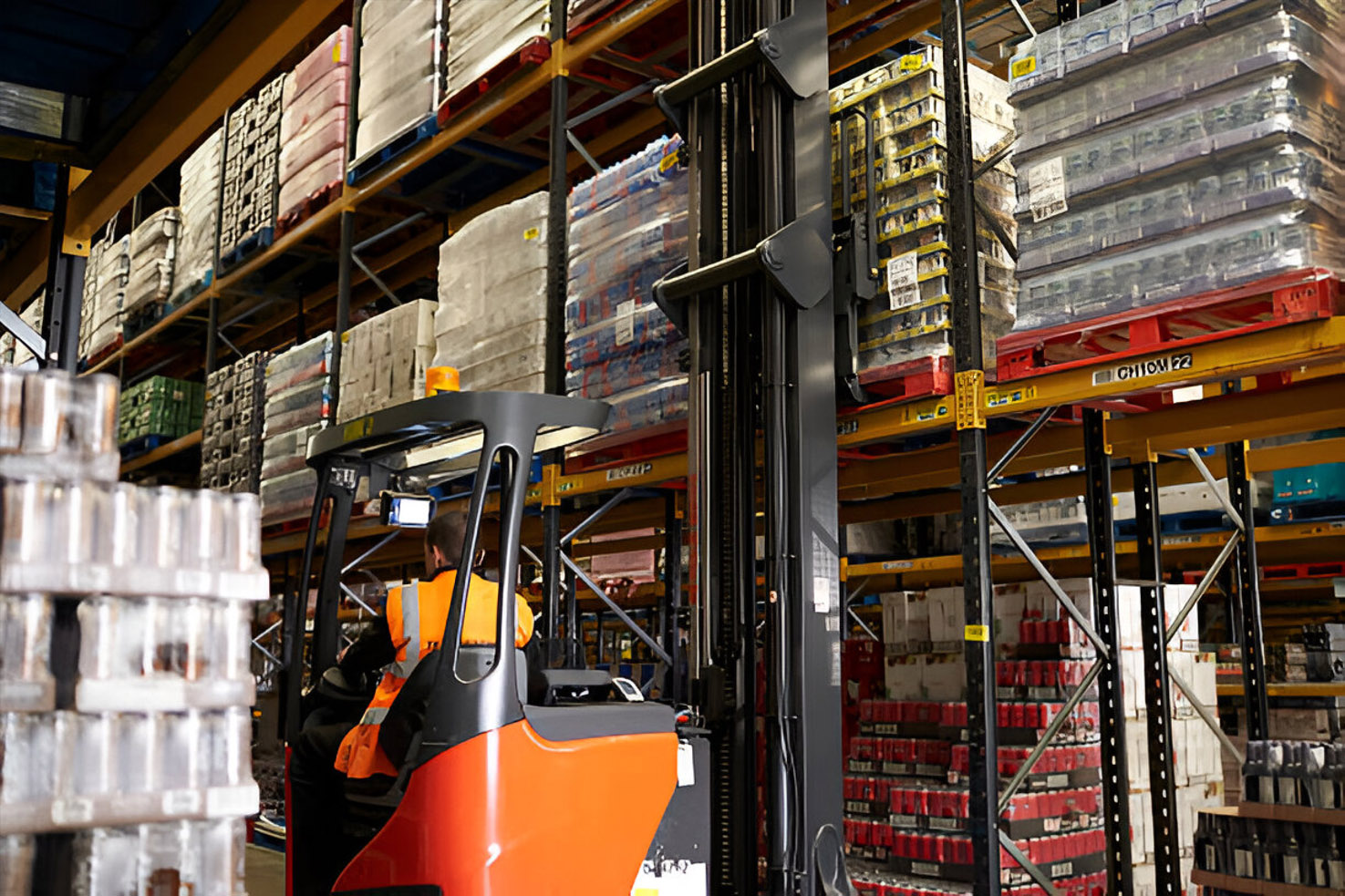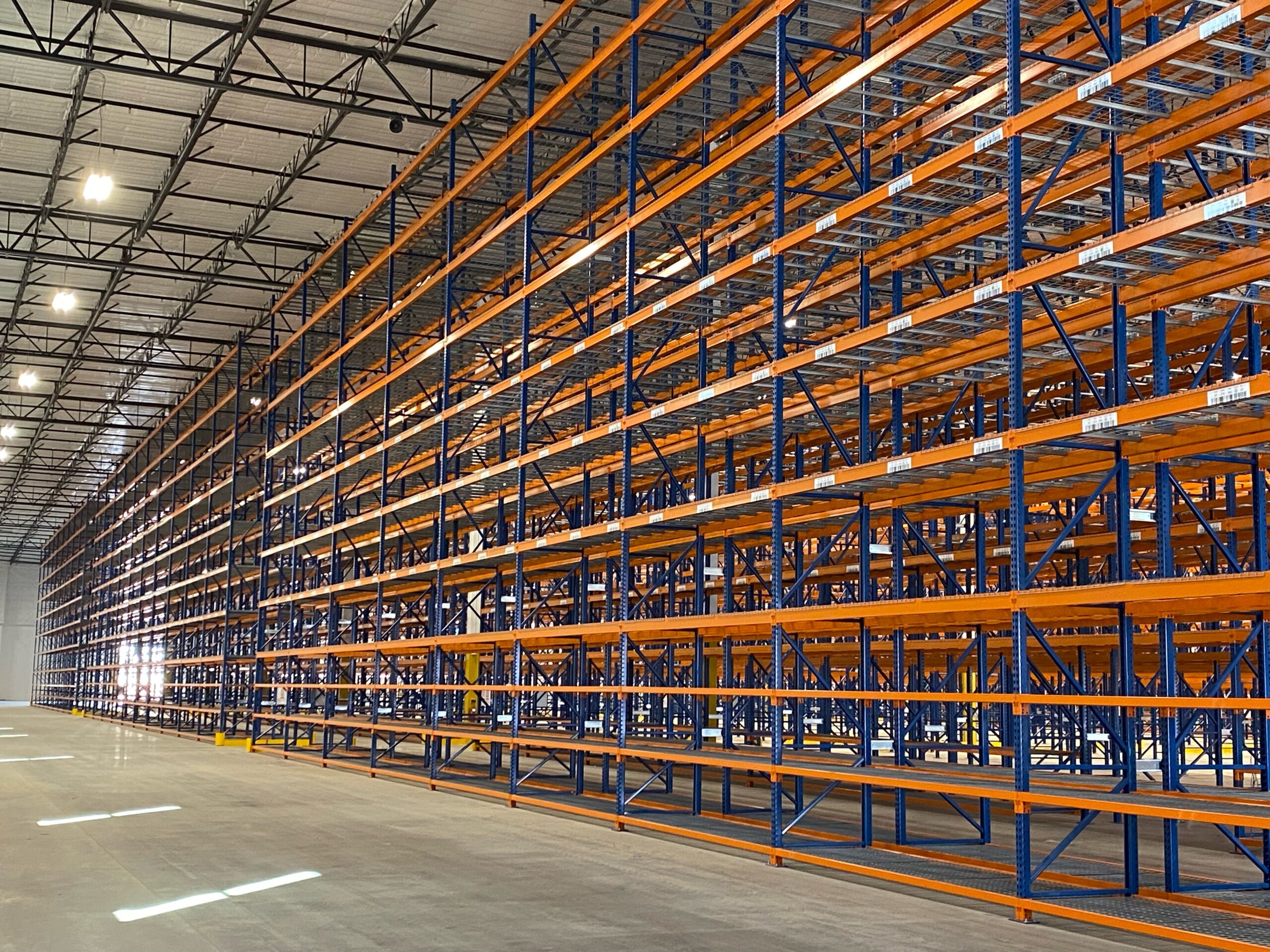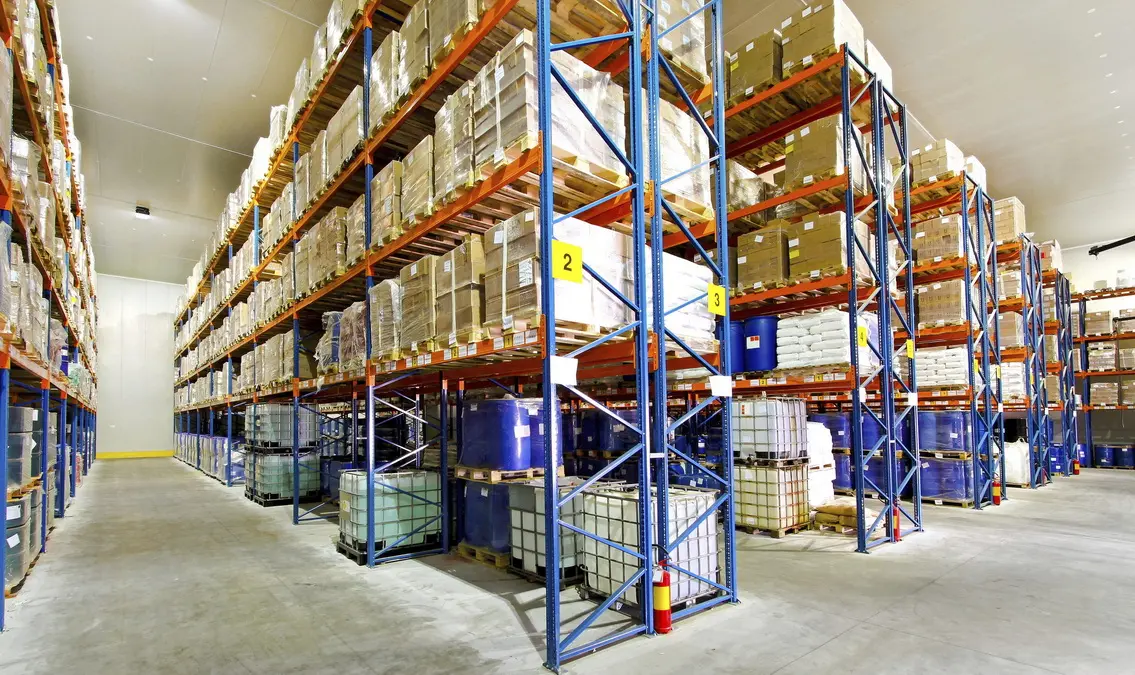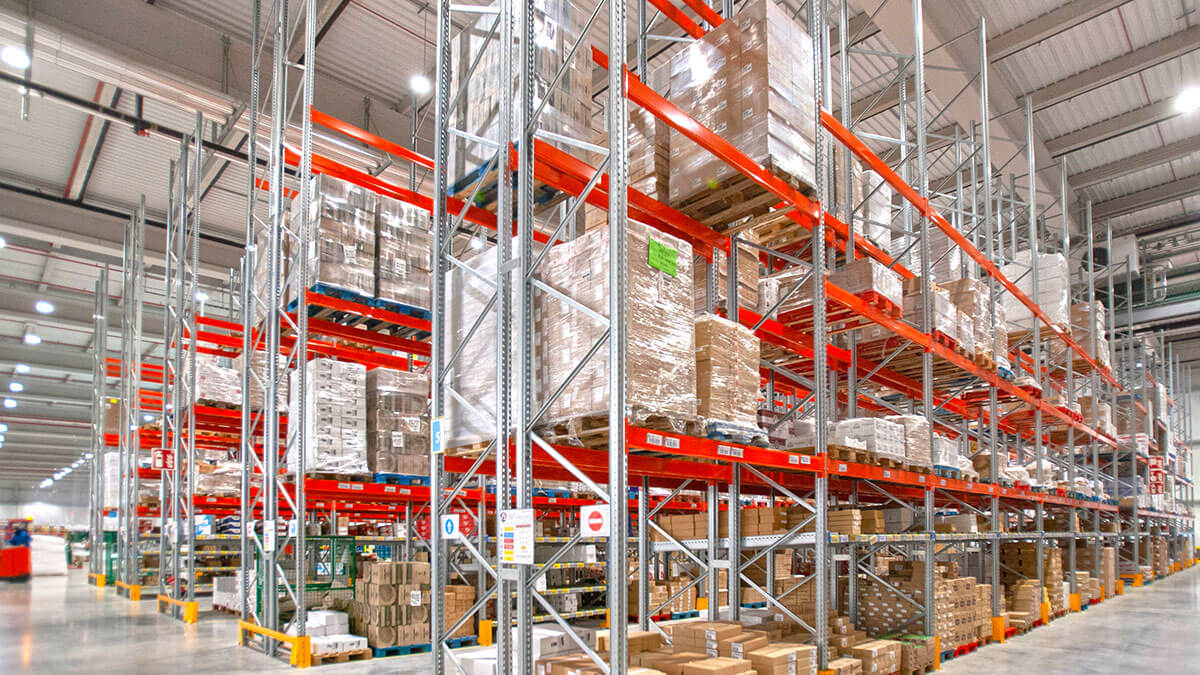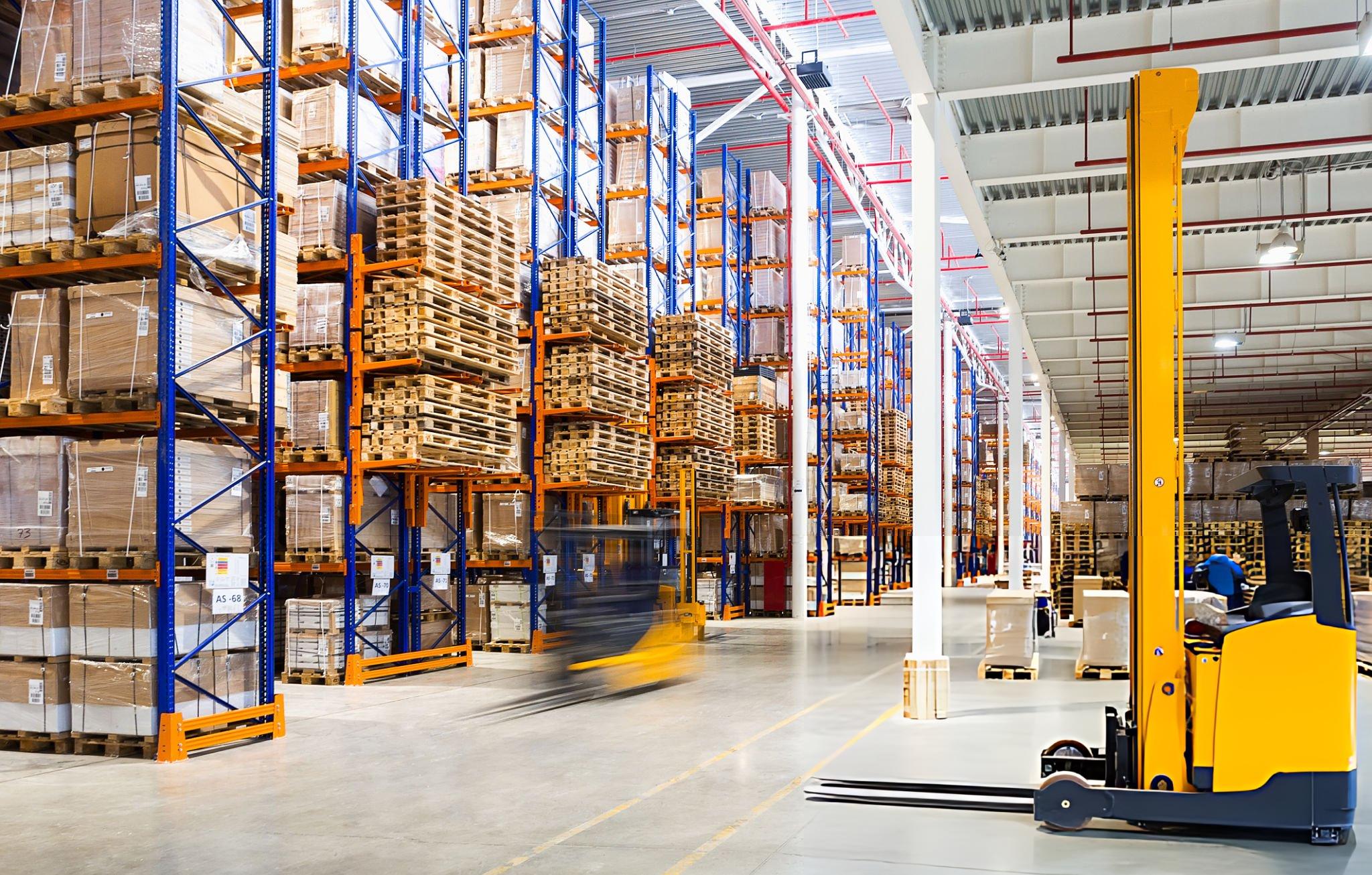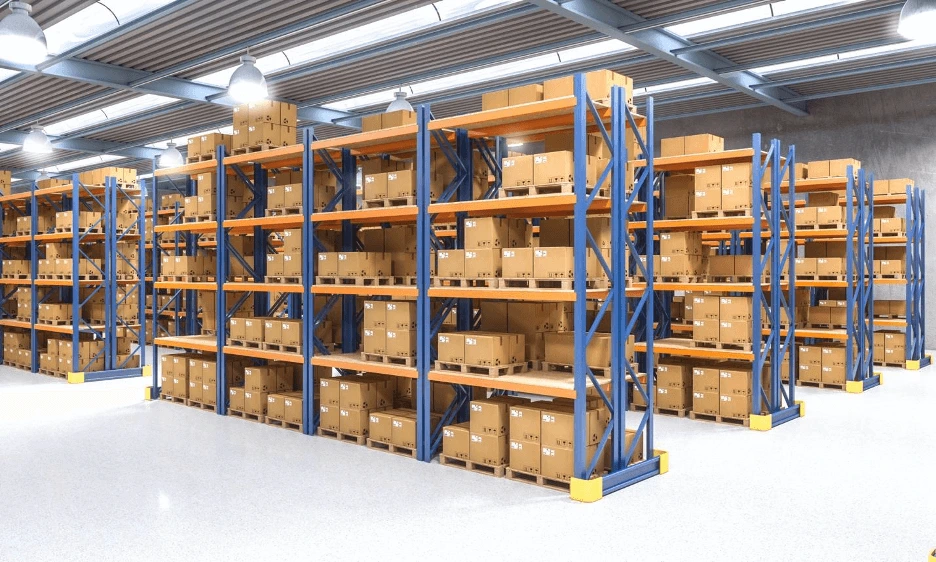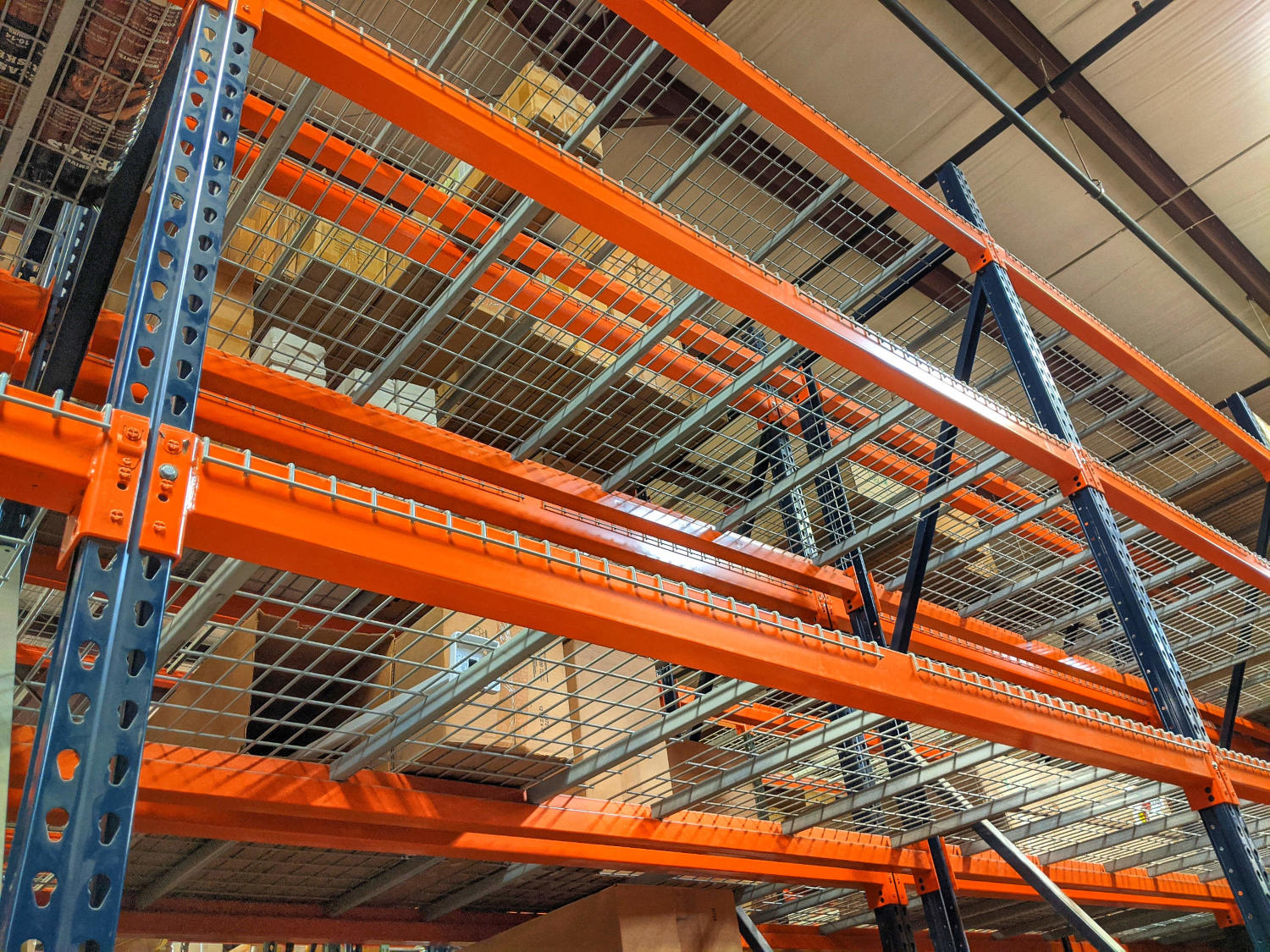Pallet Racking System: How It Can Improve Your Warehouse Operations
Running a warehouse in today’s fast-paced world requires efficiency, organization, and smart use of space. A warehouse pallet racking system can transform your operations, turning chaos into streamlined productivity. Whether you’re managing inventory for a small business or a large distribution center, the right warehouse pallet racking system maximizes storage, speeds up workflows, and boosts safety. At JB Equipment, we’ve been helping Canadian businesses optimize their warehouses with tailored racking solutions that fit their unique needs.
In this detailed guide, we’ll explore how a warehouse pallet racking system can enhance your warehouse operations. From space savings to improved
Warehouse Pallet Racks: Benefits and Types to Consider for Your Warehouse
Running a warehouse efficiently requires smart storage solutions, and few options rival the versatility and practicality of pallet racks. Whether you’re managing a small distribution center or a sprawling industrial facility, understanding warehouse pallet racks benefits can transform your operations. At JB Equipment, we’ve been helping businesses across Canada optimize their storage with expertly designed pallet racking systems tailored to their unique needs.
This guide explores the advantages of pallet racks and the various types available, offering insights to help you make informed decisions for your warehouse. From boosting space utilization to enhancing workflow, we’ll cover why warehouse
How Warehouse Racking for Sale Can Maximize Your Storage Space
Efficient storage drives warehouse success, and choosing the right Warehouse Racking for Sale can dramatically enhance how you use your space. Whether you manage a busy hub in Toronto or a growing facility in Mississauga, optimizing storage boosts productivity and cuts costs. JB Equipment, with over 35 years of expertise, provides racking systems tailored to Canadian businesses. This guide explores how these solutions can transform your warehouse, with JB Equipment’s insights ensuring you maximize every square foot.
More than just shelves, Warehouse Racking for Sale organizes inventory and unlocks hidden capacity. JB Equipment offers durable, adaptable racking for
Choosing the Right Warehouse Racking System: Key Factors to Consider
Pallet Racking for Sale: What to Look for When Purchasing Warehouse Racking Systems
When it comes to optimizing storage in a warehouse, choosing the right pallet racking can make or break your operation. Warehouse Racking Systems are the backbone of efficient inventory management, and purchasing the perfect setup requires careful consideration. Whether you’re in Toronto, Mississauga, or beyond, JB Equipment offers a range of solutions to meet your needs. This guide explores what to look for when buying Warehouse Racking Systems, ensuring you maximize space, safety, and productivity with expert advice from JB Equipment.
Why Warehouse Racking Systems Matter for Your Business
Warehouse Racking Systems are more than just
Warehouse Racking: A Comprehensive Guide to Organizing Your Warehouse Efficiently
A key element in achieving this efficiency is the warehouse racking system, meticulously designed to optimize space, improve organization, and streamline workflow. Efficient warehouse management is the foundation of any thriving business dependent on inventory, storage, and distribution. At JB Equipment, we recognize the critical role a well-chosen warehouse racking system plays in turning your facility into a seamlessly operating hub. This comprehensive guide explores everything you need to understand about the warehouse racking system, including its various types, benefits, installation processes, and maintenance practices, enriched with expert insights from JB

